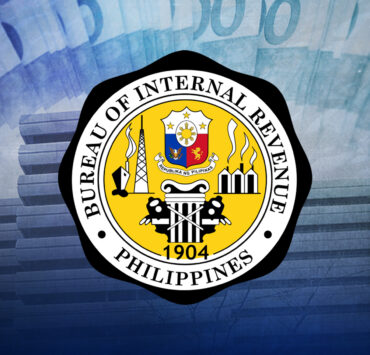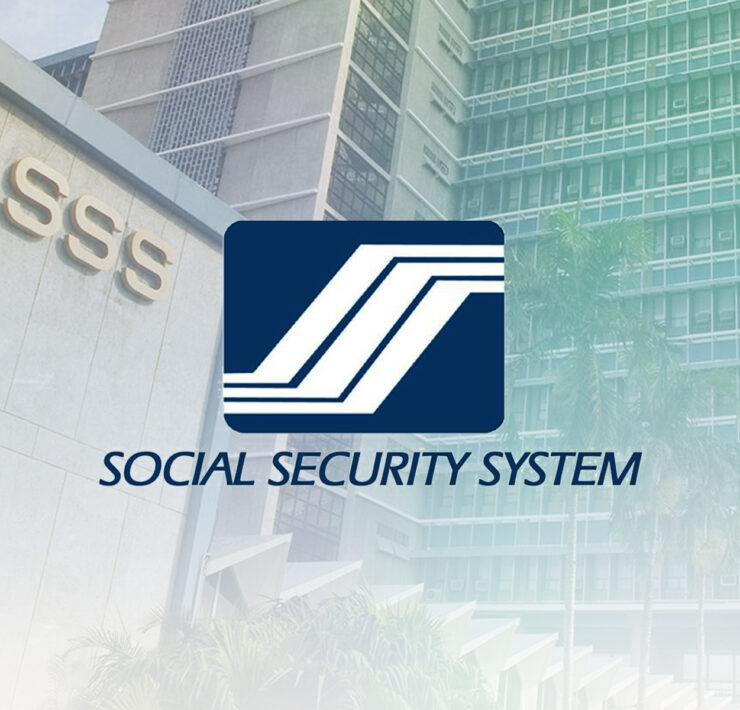Moody’s sees ‘moderate’ risk from consumer lending in PH

Philippine banks only face “moderate risk” from rising household borrowings in Southeast Asian countries, where some lenders are vulnerable to losses from unpaid loans amid a still high-interest rate environment, Moody’s Ratings said.
In a commentary, Moody’s said that households in the Philippines and Indonesia are “not highly leveraged,” adding that a “stable operating environment” of banking systems in these nations will support overall asset quality.
This is a stark contrast to banks in Thailand and Vietnam which, Moody’s said, are “most susceptible” to risks from high exposure to the consumer sector.
“Banks in Thailand face higher risks as borrowers are highly leveraged and have limited financial buffers to withstand future economic challenges,” the global debt watcher said.
“For Vietnamese banks, the higher risks are underpinned by the rapid growth of retail loans and modest income growth relative to debt. At the same time, Vietnamese banks have weaker loan loss coverage and capitalization compared to regional peers,” it added.
Figures from the Bangko Sentral ng Pilipinas (BSP) showed that outstanding consumer loans extended by big banks had amounted to P1.4 trillion as of June 2024, accounting for 11.6 percent of their total lending portfolio.
Notably, the household loan portfolio of local banks had nearly doubled from the prepandemic level despite the high-interest rate and elevated inflation in the past months that may crimp borrowers’ ability to repay their debts.
Moody’s was not the first watcher to flag Philippine banks’ increasing exposure to the consumer credit market. Recently, the International Monetary Fund and S&P Global Ratings—one of the so-called big three credit rating agencies along with Moody’s—also flagged this risk-on behavior of local lenders amid high interest rates.
But Moody’s explained that the rise in household debt in the Philippines is being tempered by limited access to credit among consumers.
“Improving financial inclusion was also a key driver of the higher household debt growth in Indonesia, the Philippines and Vietnam. The digitalization of banking services and widespread use of mobile banking applications across these economies are essential for servicing customers in rural areas, who may not have easy access to physical bank branches,” Moody’s said.
“As financial access improves over time, we expect the most populous economies will be the main driver of growth in household debt in the region,” it added.





















